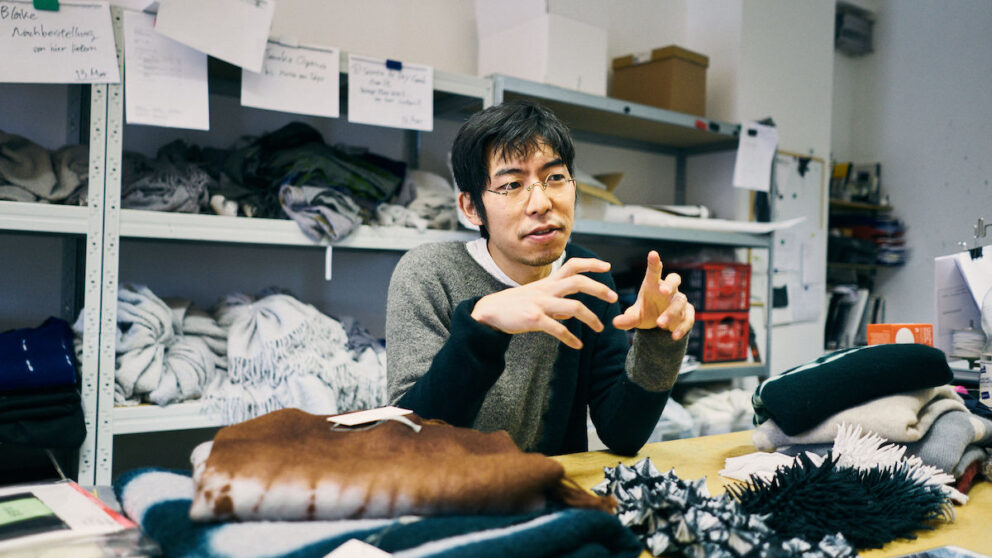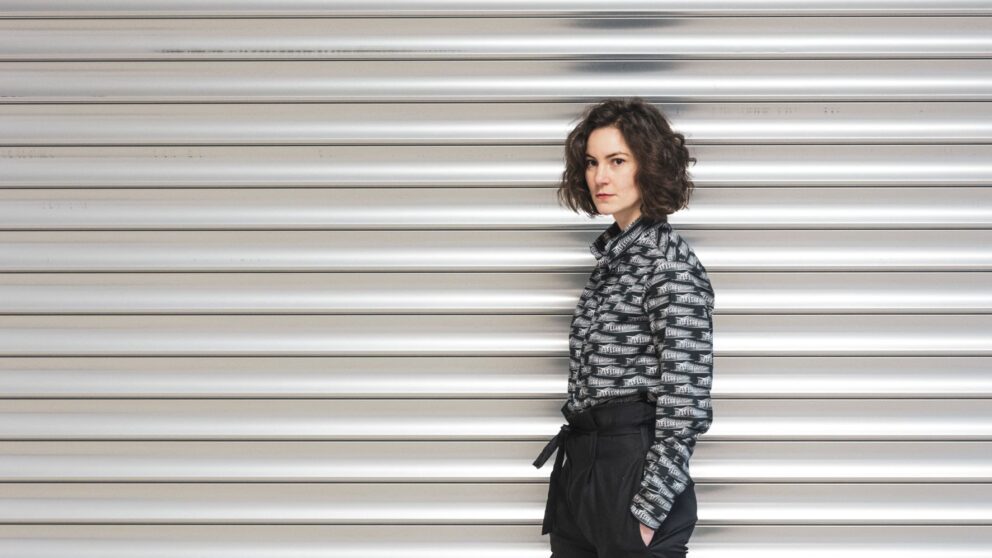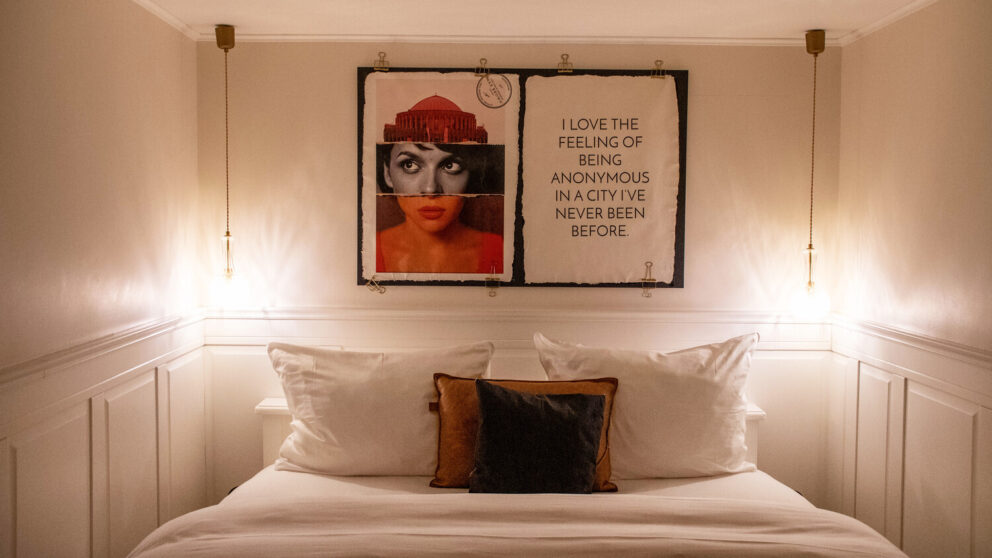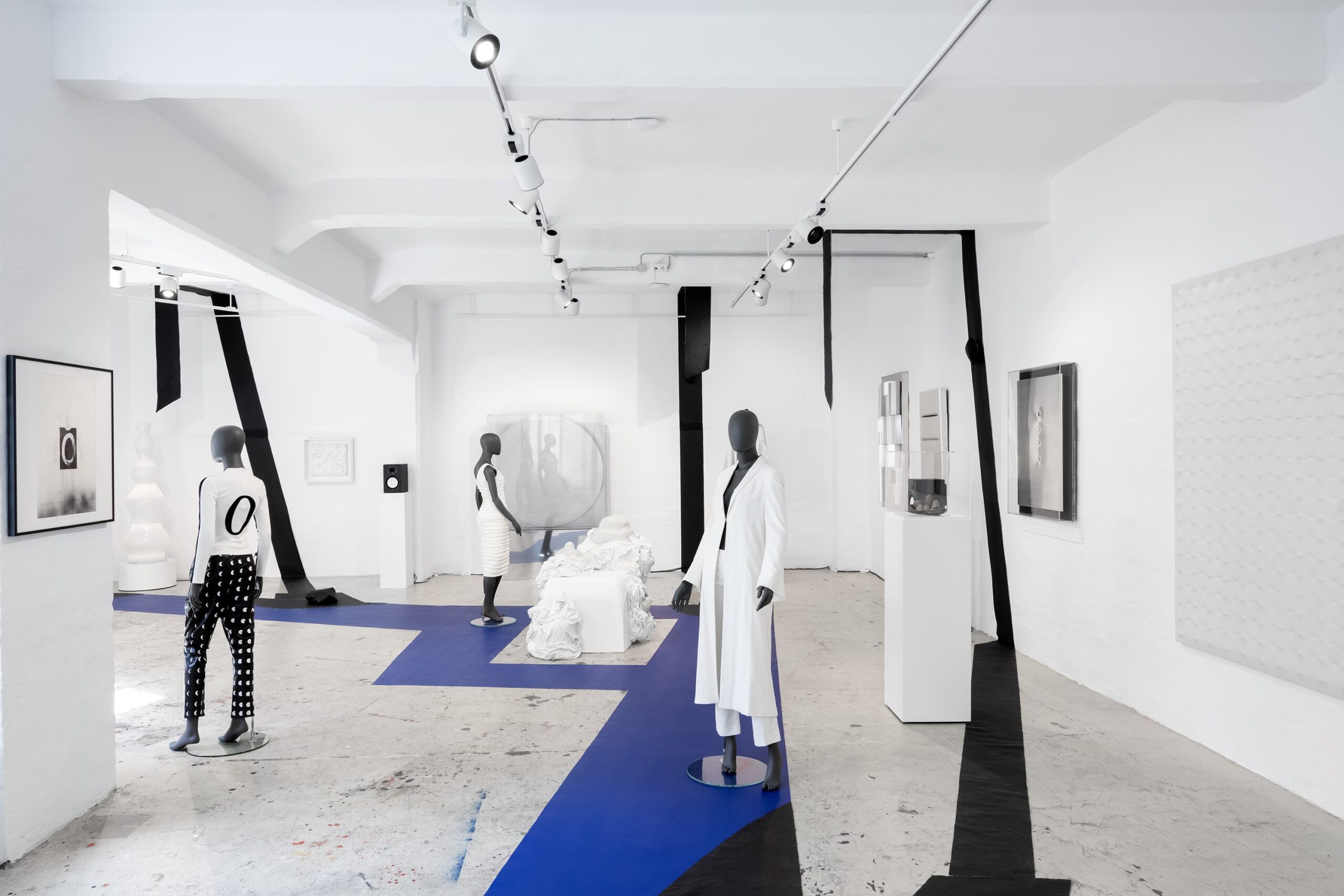
“Fashion always played a role”
“Fashion always played a role”
An interview with Romina Dümler and Leonard Merkes from the ZERO foundation
The floor is flecked with paint from Günther Uecker’s efforts, while the walls are adorned with the works of various ZERO artists. The exhibits also include pieces of contemporary fashion. The building that once housed the workshop of Düsseldorf ZERO artists Mack, Uecker and Piene is now home to the ZERO foundation, which marked its 15th anniversary with an exhibition about ZERO and fashion.
The exhibition examined how contemporary fashion designer Viktoria Lorenz incorporated ZERO art into her work. Lorenz developed a twelve-piece collection that paid homage to various artworks. Monochrome surfaces in black and white are energised by geometrical structures, while the ZERO art movement’s aesthetic concept can be seen in the silhouettes and accessories. When the exhibition opened, curators Romina Dümler and Leonard Merkes offered insights into how the movement was married with young fashion design, scenography and sound collages.
What was the importance of fashion to ZERO?
Romina Dümler: Fashion always played a role. The Italian artist Lucio Fontana – known for putting holes and slashes into his canvases – also designed ladieswear with similar style elements, for example. And Yves Klein, who created a vast wall in his signature style at Musiktheater im Revier in Gelsenkirchen, designed a glamorous evening gown for Anita Ruhnau – the wife of the architect – to wear to the theatre’s opening ceremony. At the ZERO foundation, we’re also exhibiting a shoe object by Yayoi Kusama and the legendary ‘ZERO dress’ that was worn during the ZERO demonstrations in the 1960s. The white ‘0’ emblazoned on a straight, knee-length black dress transformed the wearer into a human zero.
Leonard Merkes: There are also personal stories. Otto Piene spent ten years teaching at Düsseldorf’s fashion school. Although he never designed a dress, he instilled a love of art in many of his students, who were actually the ones to sew the ZERO dresses for the performances. Heinz Mack discovered a kind of silver spacesuit that fitted in well with the ZERO artists’ idea of transcending with art, of reaching for the sky.
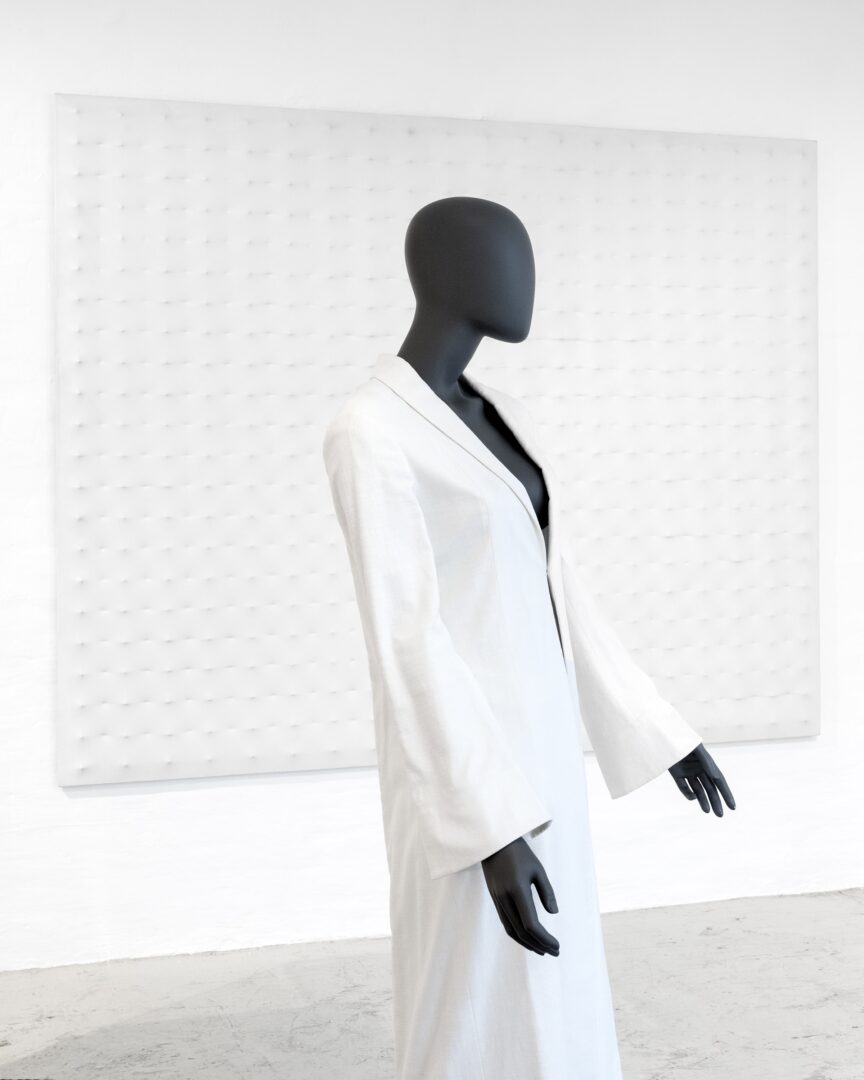
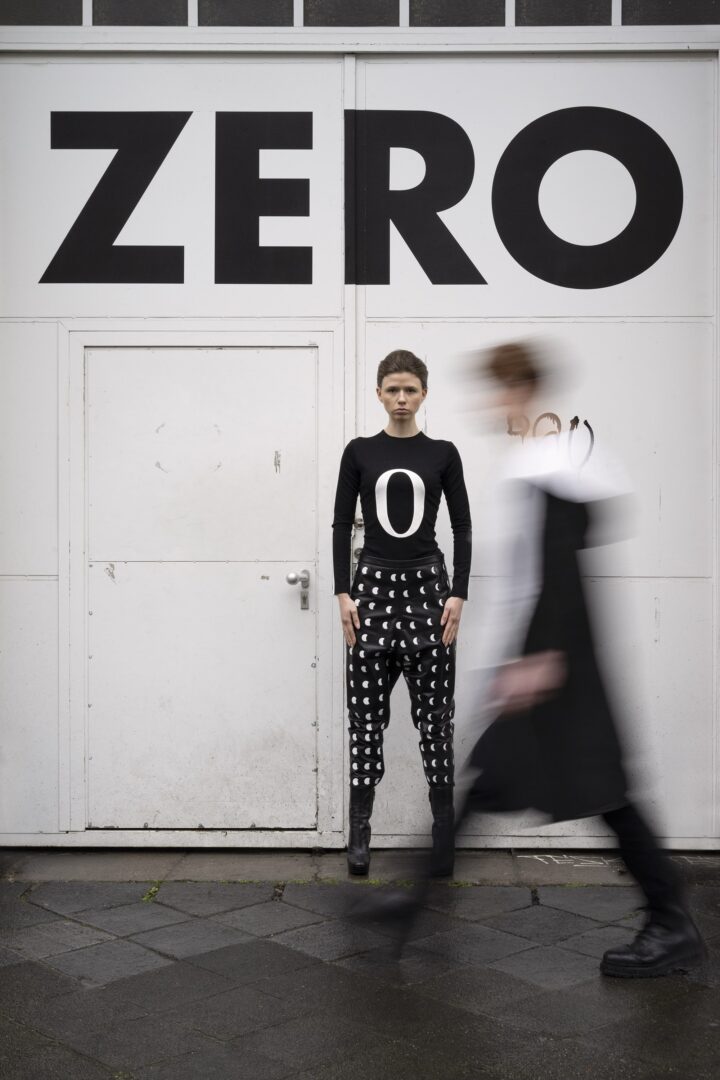
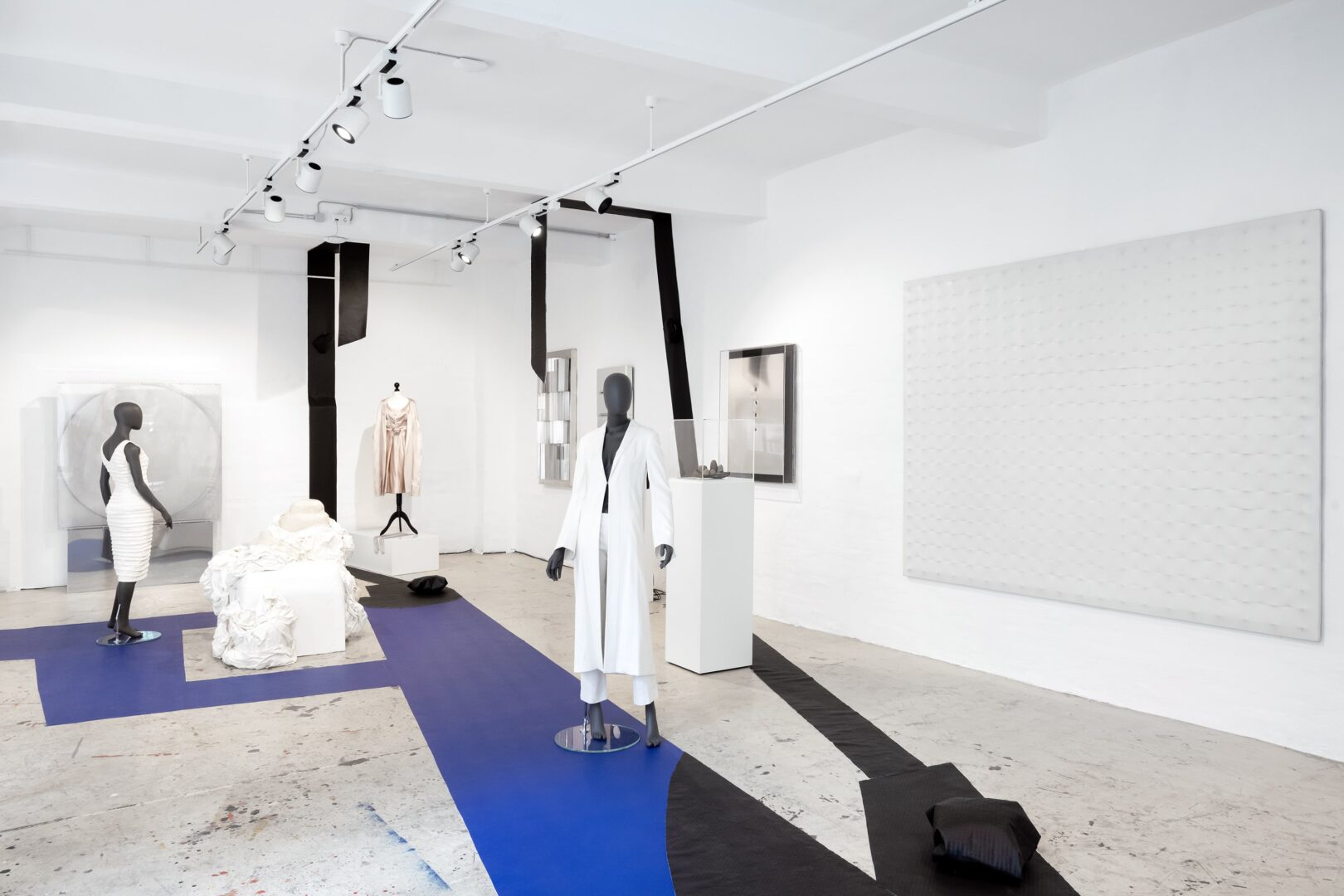
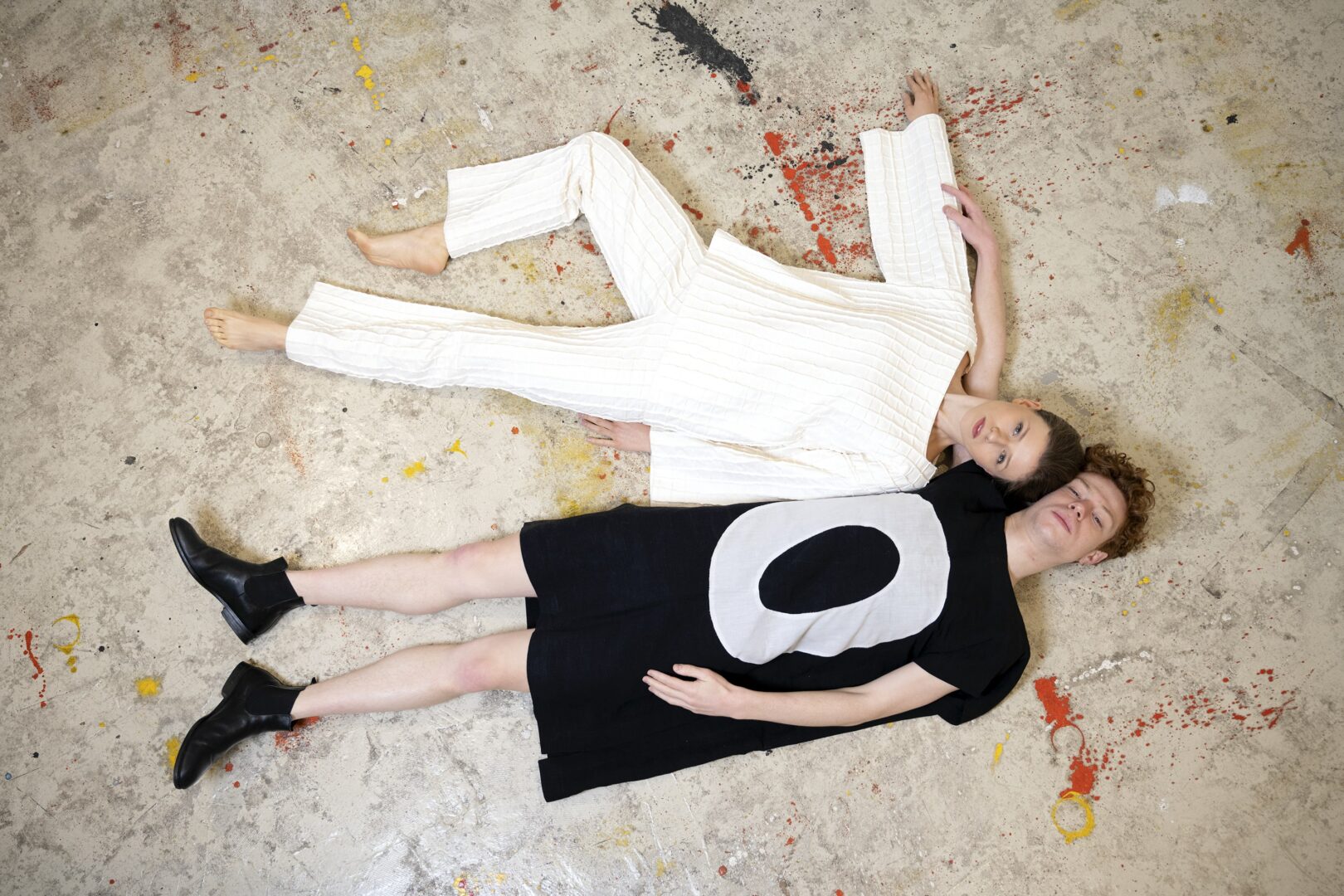
What inspired the idea to develop an exhibition like this?
Leonard Merkes: The fashion designer Viktoria Lorenz came across the art of the ZERO avant-garde in New York’s Museum of Modern Art, MoMA, in 2014 and produced the initial designs for a collection. Then she approached the ZERO foundation. Our director, Barbara Könches, had the idea of producing an entire exhibition on the subject rather than just a fashion show.
Romina Dümler: We had the opportunity to present the classic artworks and the fashion of Viktoria Lorenz in among the unusual sound designs of Konrad Jackisch and the innovative scenography of Anika Koppe. The exhibition engages all the senses. That’s typical for ZERO art, which was all-embracing rather than representative of a specific style or group.
Which piece in the exhibition makes you particularly proud?
Leonard Merkes: The silk gown that Yves Klein made for Anita Ruhnau because we’re not actually aware of any other clothing that he designed. He did it out of friendship, and we’re delighted that Ms Ruhnau has provided us with the dress. Light has always been an important aspect of ZERO, and the silk of the dress really shimmers.
What significance does ZERO have for Düsseldorf? And vice versa?
Romina Dümler: Mack, Piene and Uecker launched an international avant-garde for art in Düsseldorf, and this hasn’t happened again since.
The ZERO foundation invited the distinguished fashion theorist Barbara Vinken, a professor at Munich’s Ludwig Maximilian University, to be involved in the project. She will give a guest lecture entitled ‘ZERO and fashion’ on 2 October 2023 that will subsequently be made available to the public.
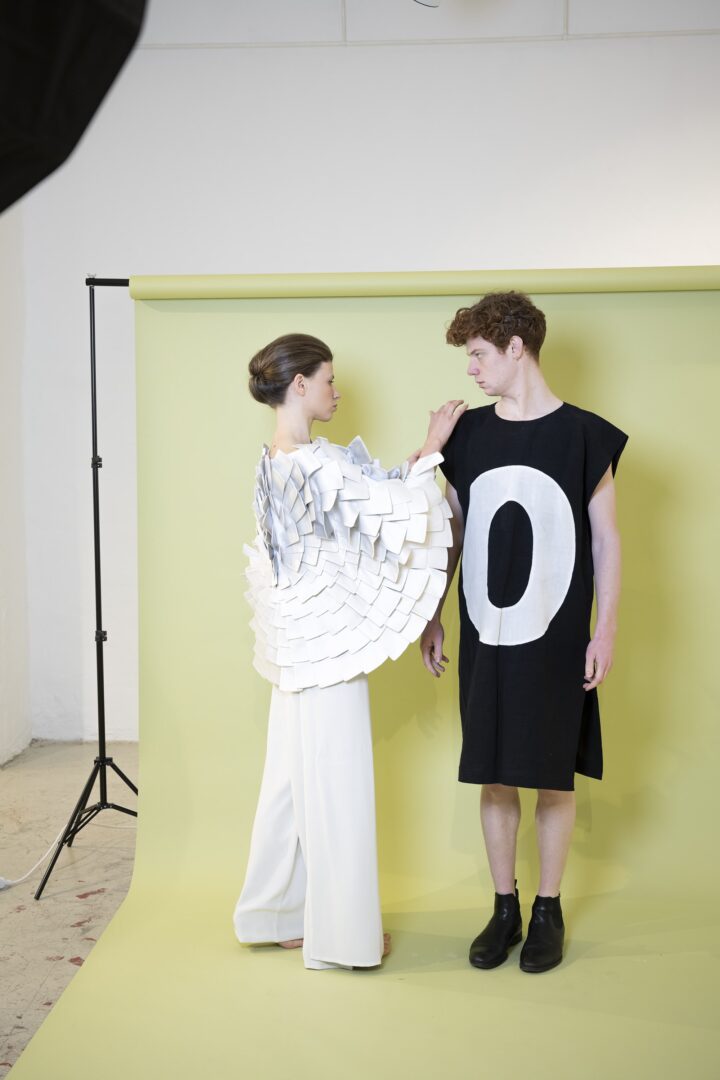
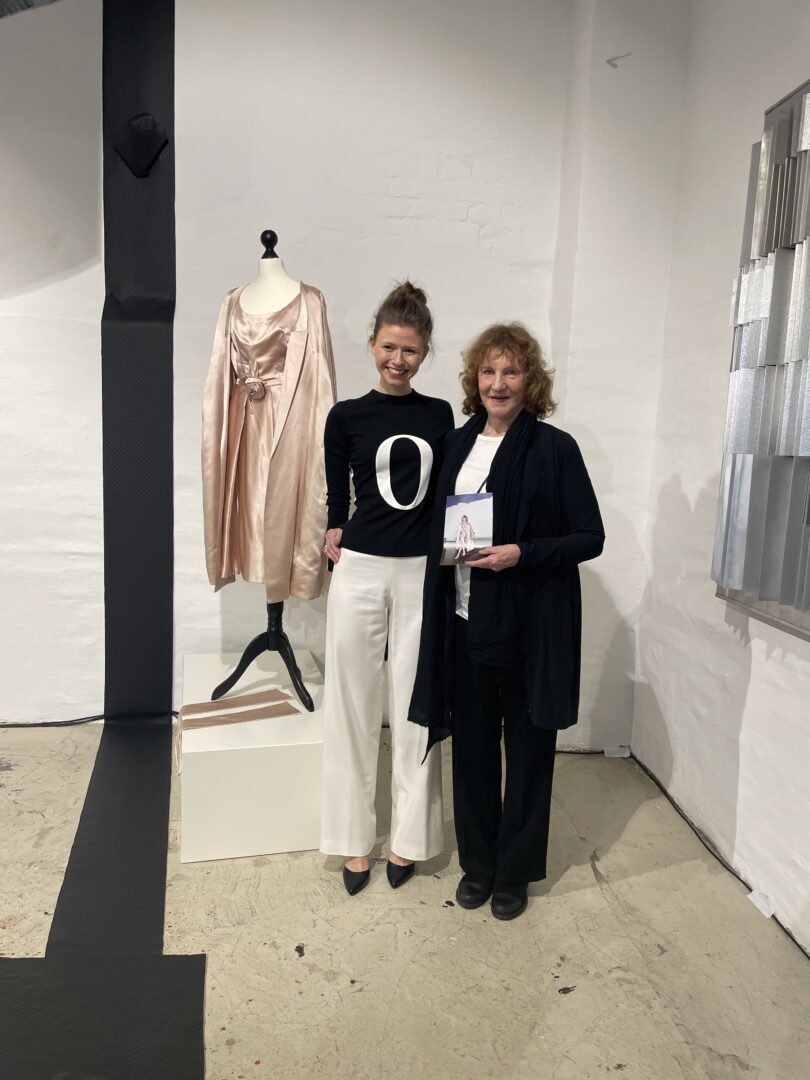
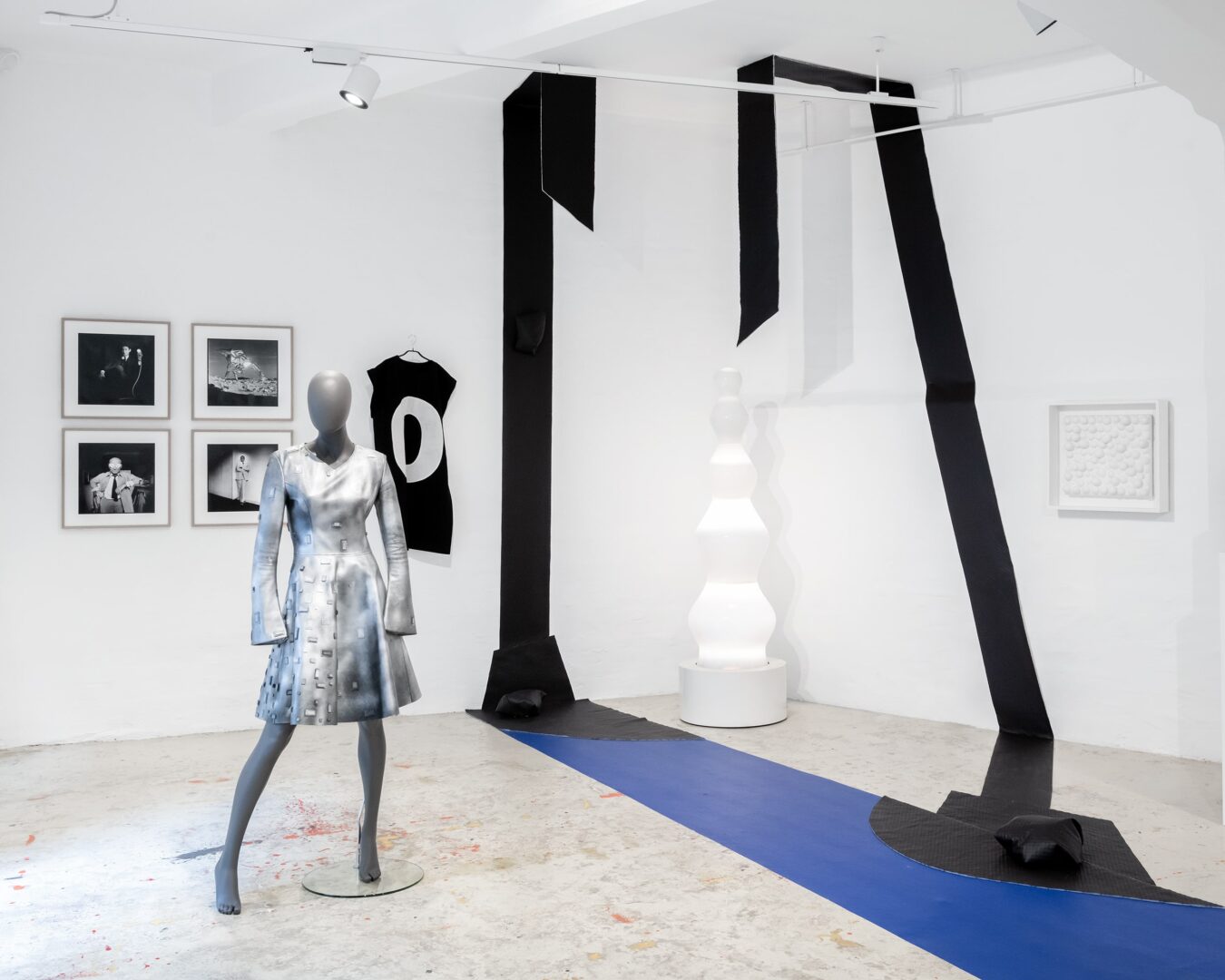
Report: Ilona Marx
Images: ZERO foundation, Ruth Magers

